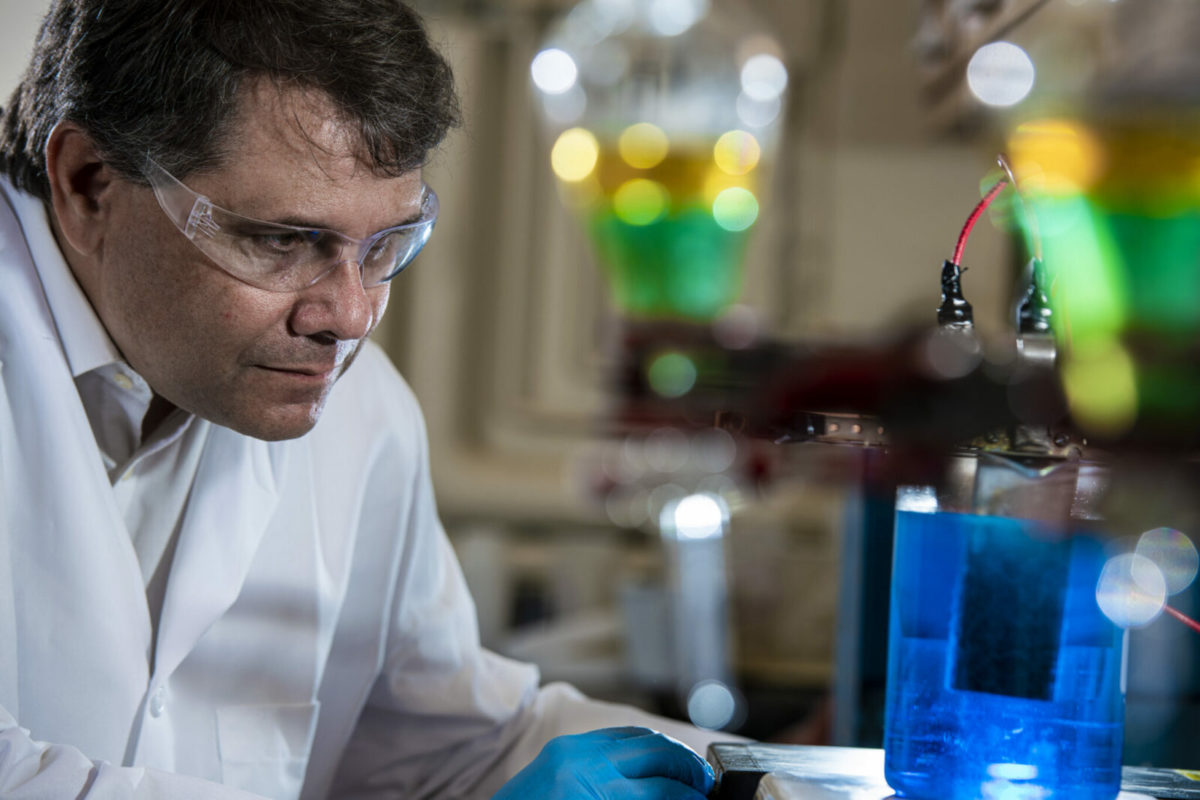The transition to clean energy may reduce the need to mine and burn coal, but it comes with increased demand for raw materials that present supply chain hurdles.
Solar and wind create a demand for minerals and metals that will likely require expanding mining operations for cobalt for use in alloys and batteries, tellurium for solar cells and semiconductors, and germanium for transistors in electronic devices.
Researchers at the Missouri University of Science and Technology (S&T) said that rising demand for these components could increase metal production needs by two to six times per kilowatt produced. For example, they said that the 100,000 tons of cobalt produced each year globally will need to double by 2030 and triple by 2050.
“We could eventually reach some of our materials needs by recycling, but there is very little to recycle at this point,” said Michael Moats, director of the Thomas J. O’Keefe Institute for the Sustainable Supply of Strategic Minerals at Missouri S&T. As a result, new mining capacity will need to be brought online to meet demand, he said.
Lagging in the race
A recent Wood Mackenzie report said that while the U.S. is making some strides toward manufacturing batteries, it is behind in the race for raw materials. The report said that China currently has more than 80% of the world’s lithium refining capacity, more than 60% for cobalt, and more than a third of global nickel refinement.
The report projected a need for a 70% rise in U.S. nickel production by 2040; a 200% rise for cobalt; and 600% for lithium. China has positioned itself well to access these resources, with ownership of cobalt mines in the Democratic Republic of Congo, lithium in Chile, and nickel in Indonesia.
Moats said, “It becomes an issue of how much control you want over your supply chain and how difficult it can be to bring supplies from overseas during wartime or political upheaval.”
The United States has cobalt assets in Missouri, Minnesota, and Idaho, but production trails other sources as the U.S. permit process can take years, said Moats. The U.S. also lacks smelters to refine the ore and existing mine tailings.
Moats testified to members of the U.S. House Committee on Natural Resources earlier this year, and said that many U.S. universities no longer offer degrees in mining or metallurgical engineering.
He said that although metal processing needs are on the rise, U.S. training in the trades, engineering, and science is lacking, especially in degrees in mining and metallurgical engineering. Seven schools in the U.S. offer Accreditation Board for Engineering and Technology (ABET) accredited metallurgical engineering programs.
This content is protected by copyright and may not be reused. If you want to cooperate with us and would like to reuse some of our content, please contact: editors@pv-magazine.com.









By submitting this form you agree to pv magazine using your data for the purposes of publishing your comment.
Your personal data will only be disclosed or otherwise transmitted to third parties for the purposes of spam filtering or if this is necessary for technical maintenance of the website. Any other transfer to third parties will not take place unless this is justified on the basis of applicable data protection regulations or if pv magazine is legally obliged to do so.
You may revoke this consent at any time with effect for the future, in which case your personal data will be deleted immediately. Otherwise, your data will be deleted if pv magazine has processed your request or the purpose of data storage is fulfilled.
Further information on data privacy can be found in our Data Protection Policy.